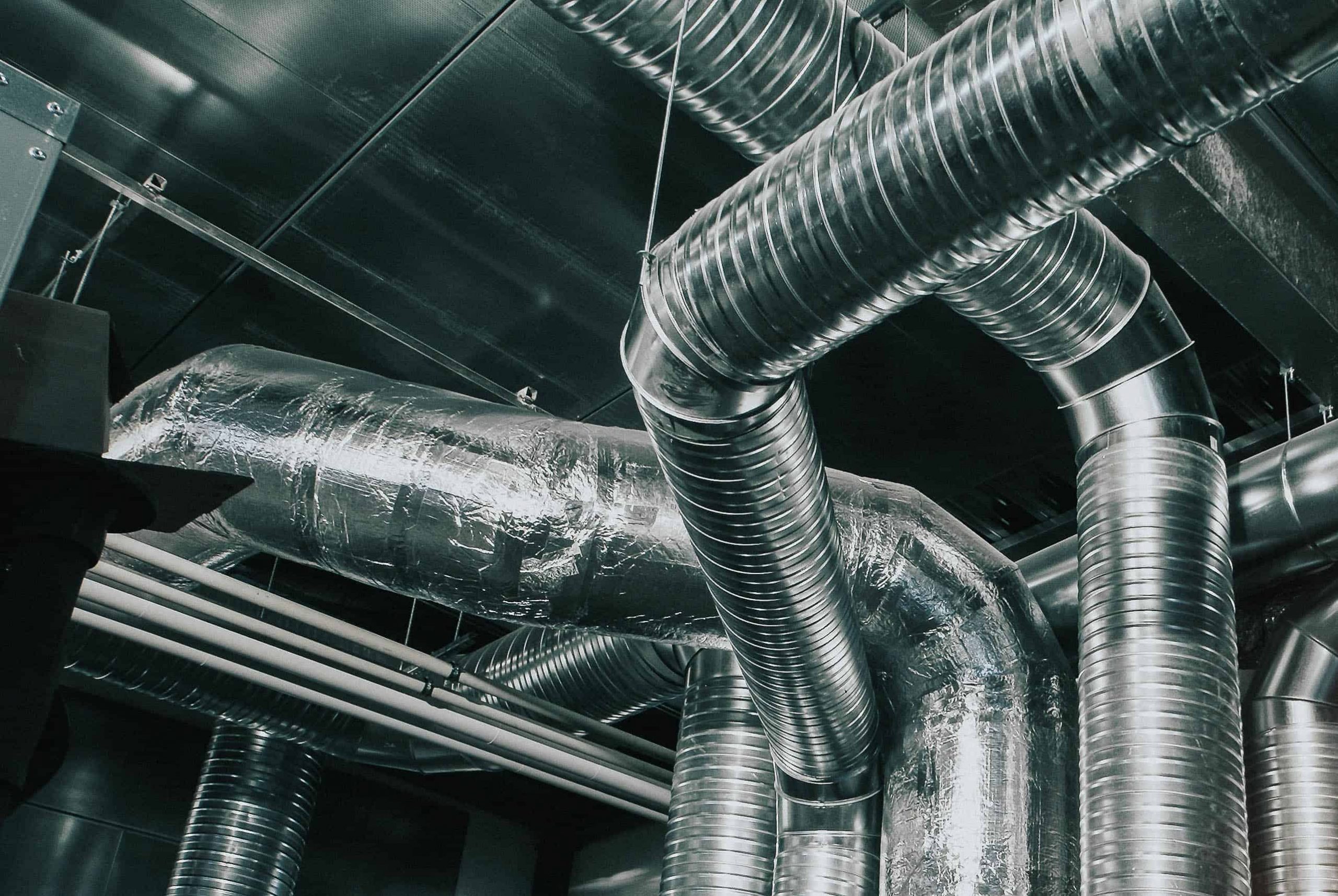Good air quality and pleasant temperatures in large spaces, such as a warehouses, depends on the right ventilation. The options at hand are window ventilation, mechanical ventilation systems or hybrid systems combining both of the two. We take a look at which of these options make sense in which situation.
When working in or managing large spaces, such as a warehouse, good internal air quality is important. The ventilation system must be intelligent enough to let fresh air get into the production hall while letting surplus heat and pollutants out.
Window ventilation: Well, suited for halls with high heat emission
If the heat load within a warehouse is more than 800 Watts per cubic meter and no pollutants have to be removed from the air, natural ventilation via windows and openings is particularly suited. This applies, for example, to warehouses in the steel and glass industry as well as to boiler houses, where it is very warm.
Warehouses with high heat emission develop stable load distributions due to the difference between the indoor and outdoor temperatures of the hall. This leads to continuous fresh air supply and heat dissipation independent of the weather outside as the indoor conditions guarantee the movement of the natural ventilation.
By ventilating naturally, you save on energy and the purchasing and maintenance costs of a mechanical ventilation. Unfortunately, in many cases natural ventilation isn’t suitable.
Mechanical ventilation system: Required in cases of low heat and pollutants
Many production halls are dependent on a mechanical ventilation system for reasons such as:
low heat emission (below 800 Watt per cubic meter) in the hall
specific requirements regarding internal temperature
specific requirements regarding the pollutant concentration
In halls where only little heat is emitted, the difference between the indoor and outdoor temperature isn’t high enough for natural ventilation to work. If it is cold outside, the difference towards the internal temperature would be sufficient for a natural ventilation. However, as soon as it becomes too cold indoors, the mechanical ventilation system would have to come back on.
If pollutants have to be removed from your hall, natural ventilation quickly reaches its limit. Only a mechanical ventilation system ensures a continuous air flow that keeps the pollutant concentration low.
In order to control the energy costs for your mechanical ventilation system, you must determine the exact amount of air. We recommend ventilation measurements as well as a situation analysis.
Hybrid systems combine the advantages of natural and mechanical ventilation
Another possibility of ventilating are hybrid systems where you use the natural ventilation until the mechanical ventilation system has to step in. By carrying out an analysis of the overall operating costs, you can evaluate whether or not you will be able to save enough energy in order for this additional investment to pay off.
Our efficient air-conditioning systems ensure optimal air quality and ideal temperatures in big office rooms and halls.


